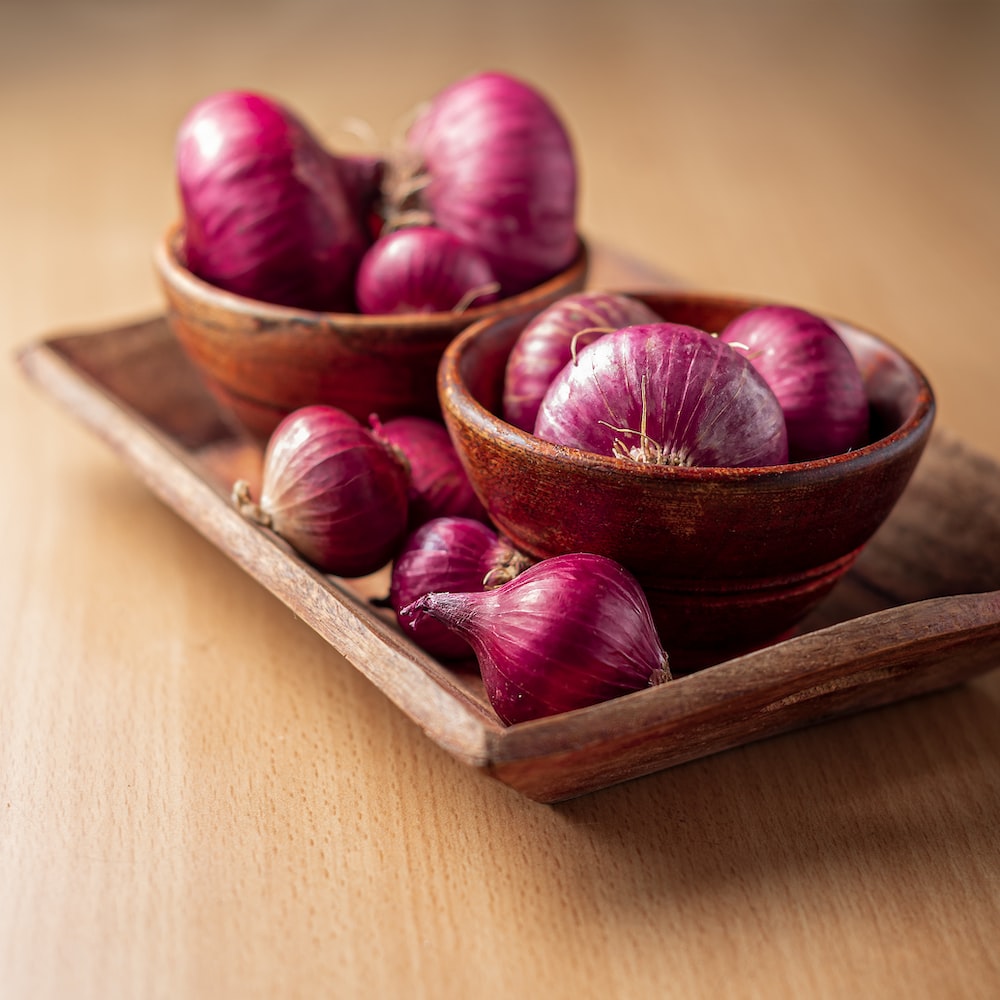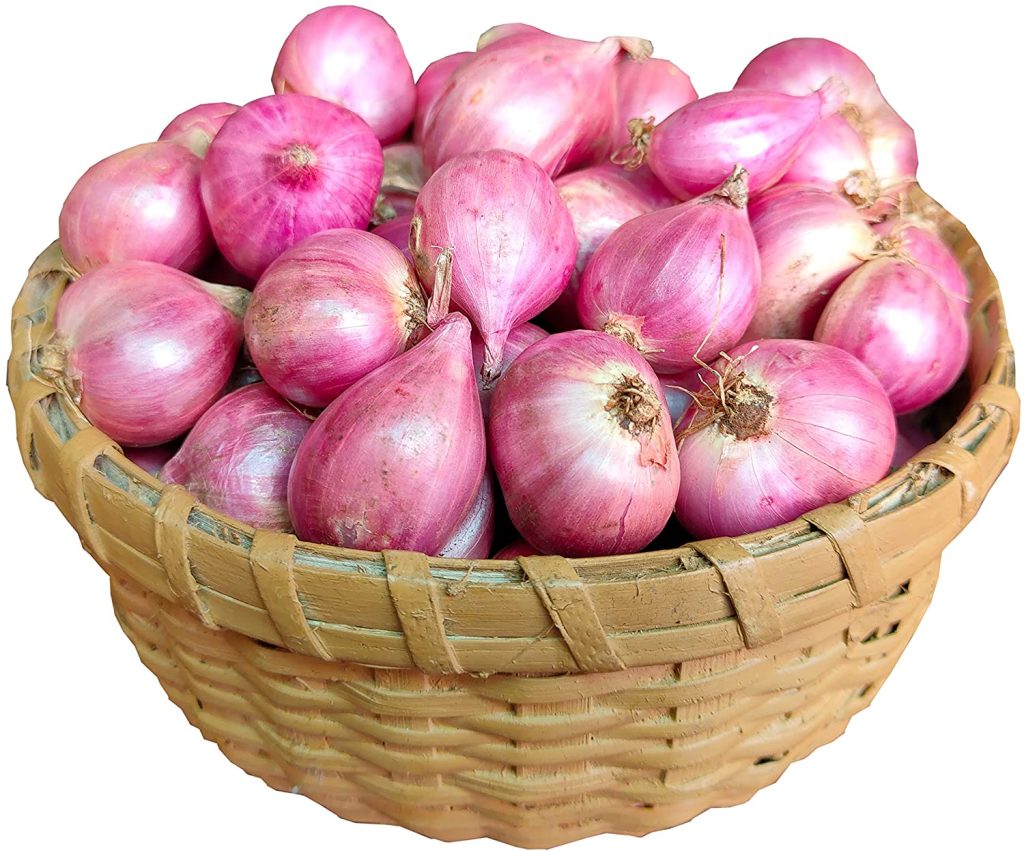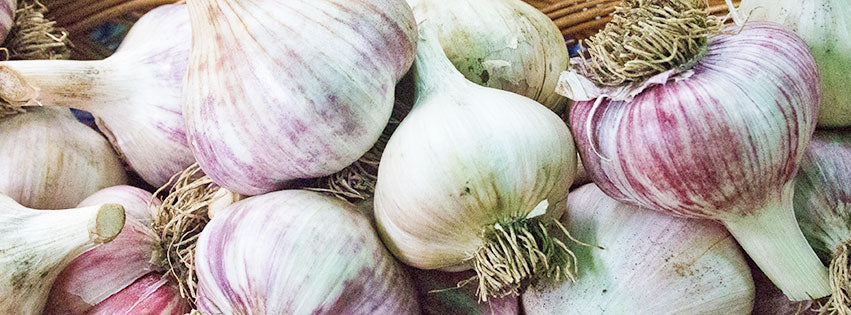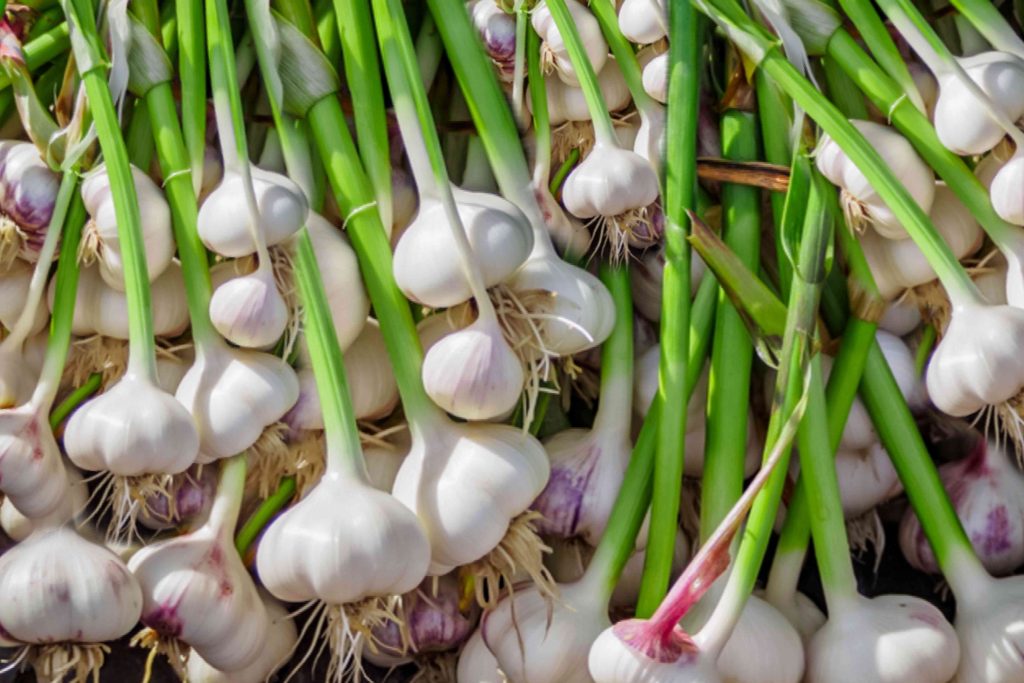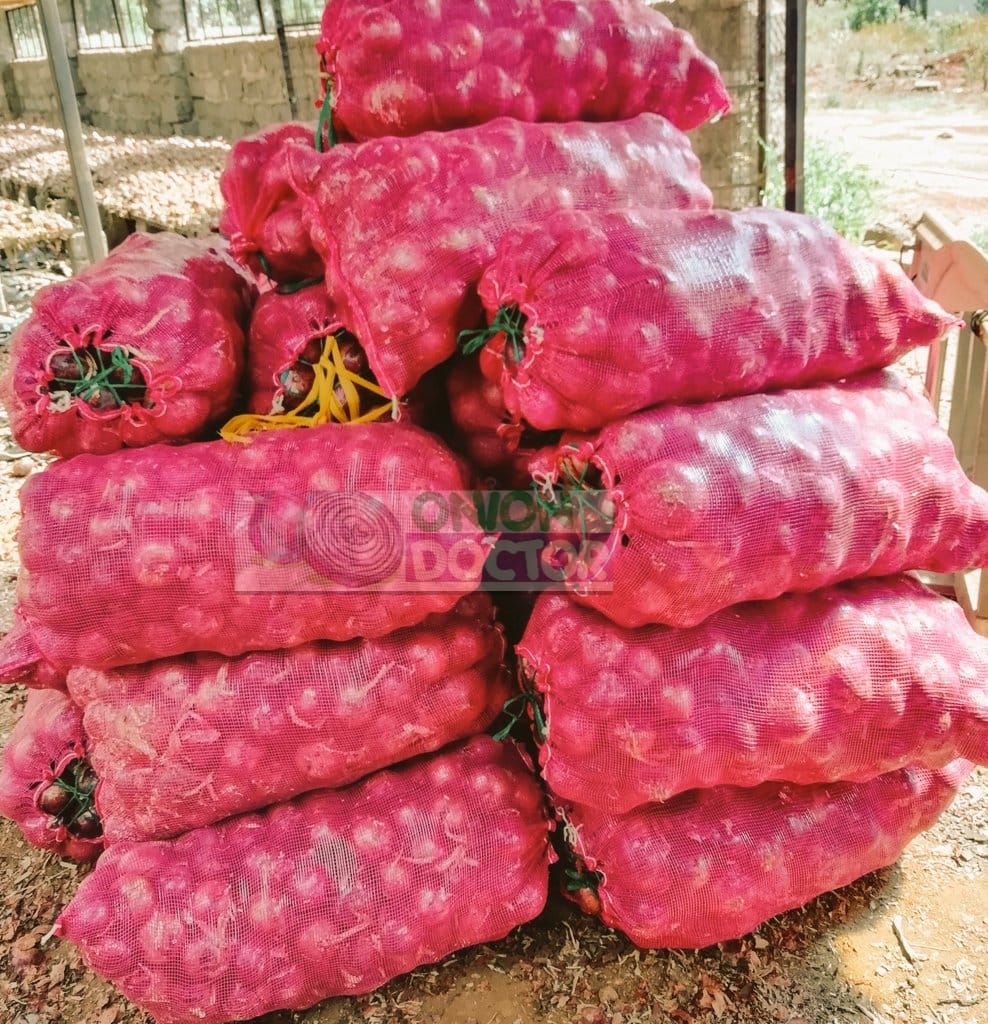Onion Farming in Kenya: How To Avoid Post-Harvest Losses
It is always recommended to sell onions immediately after harvest. This is because, they have wet weight thus a farmer will fetch more revenue. This, however, is not always possible due to fluctuations in prices and proximity to the market. An onion farmer, therefore, needs adequate skills to handle the produce while carrying out management practices, harvesting, transport and storage. The quality of the planting materials can play a part in post-harvest losses. Poor-quality seeds produce onions that are vulnerable to damage and disease. It is vital that a farmer selects a hybrid seed that is ideal for their locality. If unsure on the variety to plant, please do not hesitate to contact us. Other than variety, bacterial infections, cuts, excess irrigation and untimely application of fertilizer may cause rotting and discoloration in onions. Onions can also be damaged and become susceptible to infection and spoilage if eaten by insects, thrips, mites, maggots and other pests. It is important to take precautions and avoid bacterial and fungal infections, as well as insect and pest damage. This may entail using fungicides and pesticides as well as carefully inspecting and sorting onions to get rid of contaminated or damaged ones. Harvesting of immature onions reduces their shelf-life. Such onions go bad or sprout easily. Inadequate curing also influences post-harvest losses at farm level. Extreme weather like heavy rain or a lot of sun can damage the crop. Too much rain, for instance, causes onions to rot, while too much sun may result in scalding – a physiological disorder that results in a whitish color on the outer layer of the onions, rendering them unmarketable. Mechanical damage during harvesting, handling and transport also results in potential losses. The rough handling can cause bruising, cuts and damage to the outer layer of the onion, making it more susceptible to decay and spoilage. Onions should, therefore, be handled with care during harvesting and storage. They should be stored and transported in appropriate containers to minimize damage. Onions should be stored in a cool, dry and well-ventilated area to prevent sprouting, rotting and molding. High humidity and warm temperature can cause sprouting, while low humidity leads to drying and shriveling. Following good practices like crop rotation, timely weeding and appropriate use of fertiliser can improve the quality and harvest of onions. The harvested onions should be kept in a clean and disinfected room to prevent fungal infections. Farmers who take appropriate measures to manage post-harvest losses in onions have increased profits. Onion Doctor supports small holder farmers across Africa with quality and affordable Onion and Garlic seedlings, Onion seedlings, Farm planning services, Soil testing, Drip irrigation installation and maintenance, Agronomic support, Onion and Garlic value pack, Farm management, E-extension and on-farm training for farmers to optimize on yields and get maximum profits.

